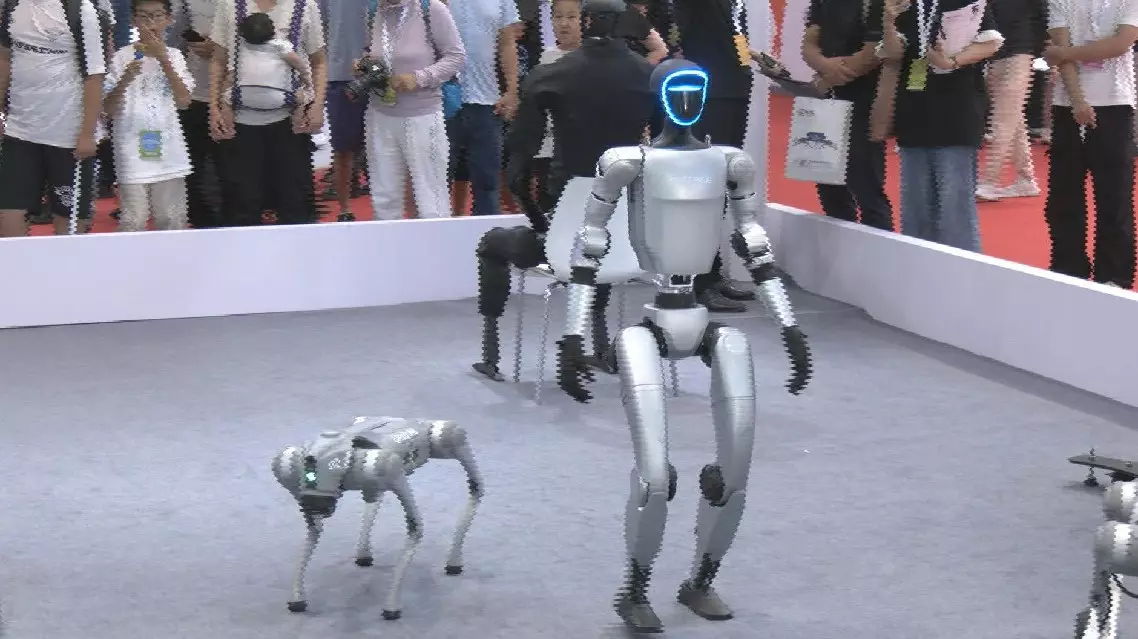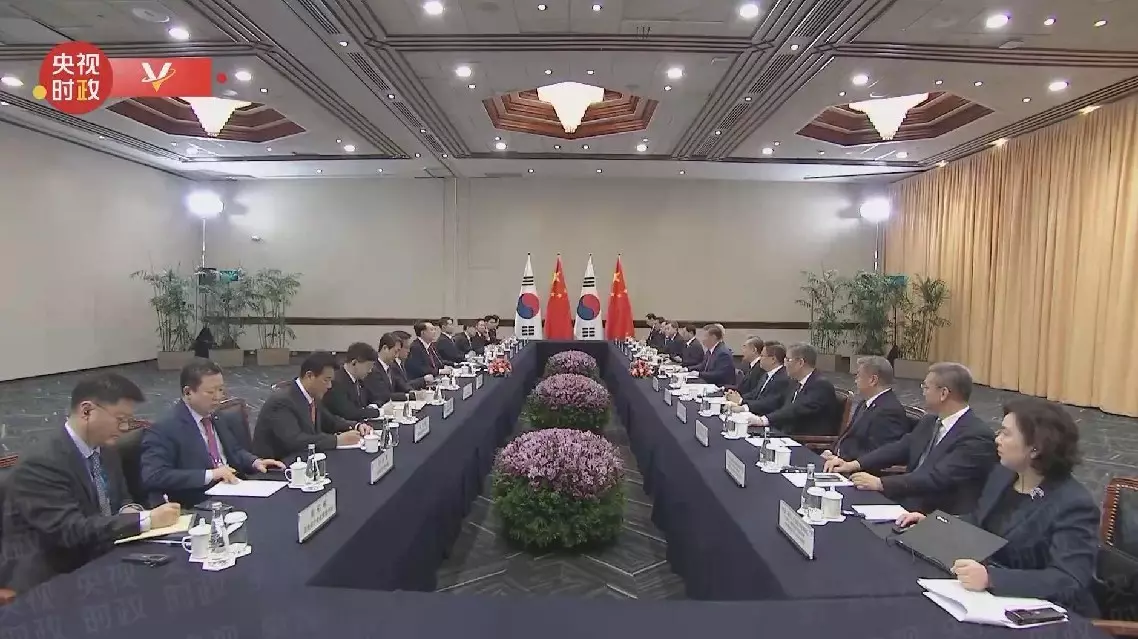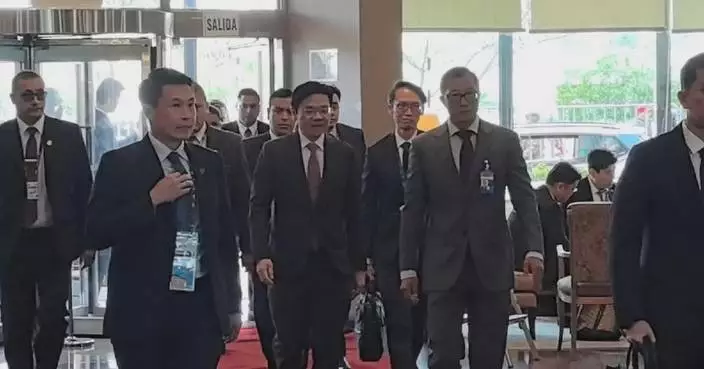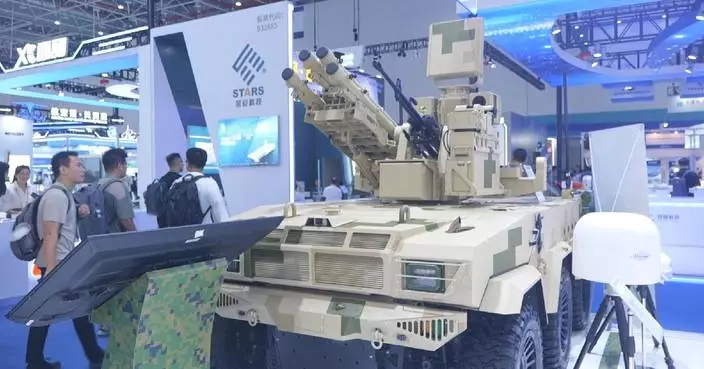Affordable, smarter and more agile humanoid robots highlight the ongoing 2024 World Robot Conference (WRC) in Beijing, which Chinese exhibitors are showing their advancement through applying powerful large language models and upgrading key hardware and software.
At the WRC, Chinese startup Unitree Robotics presents its lightweight G1 humanoid robot unveiled in May and now put in mass production.
What sets it apart from other humanoid robots is its surprisingly low price of 99,000 yuan (about 13,880 U.S. dollars), even lower than Tesla's Optimus which is around 20,000 U.S. dollars.
"The basic version of the robot is priced at 99,000 yuan per unit. It weighs only some 30-plus kilograms. Its mobile stability and speed have been significantly improved from the previous edition of last year," said Wang Xingxing, founder of the company.
According to Unitree Robotics, G1 is about 127 centimeters tall and boasts impressive stability and flexibility, such as 180-degree body rotation and the ability to crack walnuts "barehanded."
Driven by the self-developed large language model UnifoLM, G1 possesses powerful motor capabilities and intelligent learning abilities, allowing precise object manipulation, said the company.
Visual recognition and grabbing objects are the basic abilities of a robot. With the application of latest large language models, some humanoid robots can understand more difficult human orders and perform more complicated tasks.
A company from the Chengdu humanoid robot innovation center in southwest China's Sichuan Province presents a robot that can distinguish cylinder from cuboid items, and edible from inedible materials, wowing visitors with its incredibly smart feature.
Some other humanoid robots can cross over difficult terrain such as steps and obstacles at ease. Equipped with enhanced leg joints, such robots can carry heavier loads and run at a faster speed.
"The robot's output torque, weight and output speed are much better than the previous edition. Its load-bearing capacity has almost doubled," said Liu Yizhang, a manager at the Beijing Embodied Artificial Intelligence Robotics Innovation Center.
The innovation center is tasked with uniting and combining upstream and downstream enterprises and resources for jointly creating more advanced and intelligent humanoid robots.
"We want to build the robot into a universal parent platform. Users can add stronger arms or more dexterous hands or fingers according to their own demands for secondary development," said Wei Jiaxing, a brand manager at the center.
A research team led by Qiao Hong, a member of the Chinese Academy of Sciences, has built a "big virtual factory" for the design and assembly of humanoid robots, which can facilitate the simulation and verification process before real production.
"The virtual factory integrates different algorithms and types of electric motors to build a software and hardware library so that we can produce a robot as soon as we finish the design. Without the virtual verification, the time spent in research and development could be ten times longer. The big virtual factory serves as a base platform for different humanoid robot makers to use," said Qiao, who is also president of the Beijing-based World Robot Cooperation Organization under the China Association for Science and Technology.
"The humanoid robot actually integrates AI technology and robotics. It will hopefully become another game changing product after computer, smart phone and new energy vehicle," said Liang Liang, deputy secretary-general of the Chinese Institute of Electronics.
The 2024 WRC opened in Beijing on Wednesday, bringing together hundreds of industry professionals and highlighting a number of cutting-edge developments in the fast-evolving robotics industry.
According to the organizer, 169 global companies, including ABB, Tesla, Kuka and SMC, are presenting their 600-plus exhibits throughout the five-day event.

Affordable, smarter, more agile humanoid robots shine at 2024 WRC









